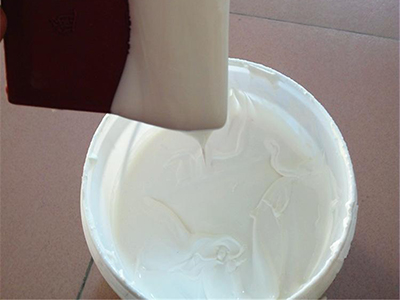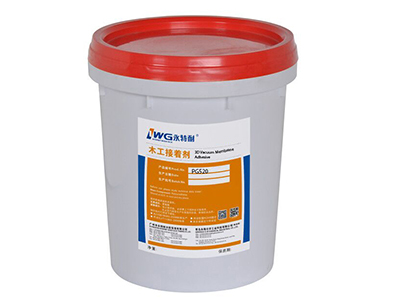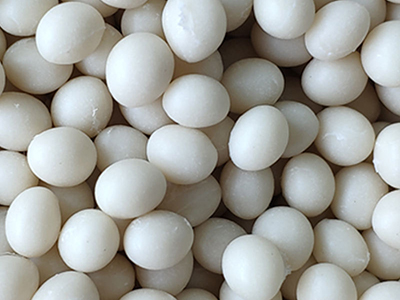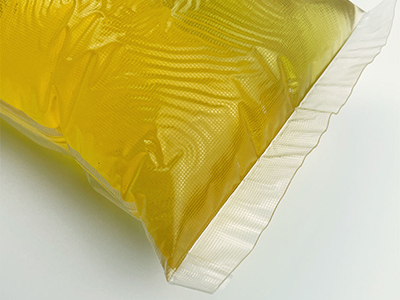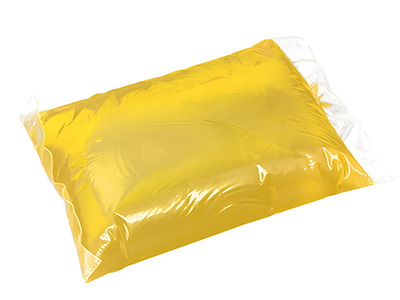Polyvinyl acetate, commonly known as PVA or PVAc, is a versatile and widely used polymer in various applications. Here are some of the common uses of PVAc:
- Wood Glue: PVAc is a key ingredient in many wood glues. Woodworkers and carpenters often use PVAc-based adhesives for bonding wood pieces together due to its strong and durable bond on porous surfaces.
- Paper Adhesives: PVAc is used in the production of paper adhesives. It is commonly found in white glues used for paper and cardboard projects, as well as in bookbinding applications.
- Textile and Fabric Adhesives: In the textile industry, PVAc is employed in fabric adhesives. It can be used to bond fabrics together or to adhere fabric to other surfaces.
- Label Adhesives: PVAc is used in the formulation of label adhesives. Labels on products, packaging, or other surfaces often use PVAc-based adhesives for their bonding properties.
- Carpentry and Construction: PVAc is utilized in various construction and carpentry applications. It can be found in adhesives used for laminating veneers, bonding particleboard, and other woodworking projects.
- Bookbinding: PVAc is commonly used in the bookbinding industry. It provides a strong and flexible bond, making it suitable for binding the pages of books and other printed materials.
- Packaging Adhesives: PVAc is used in the formulation of packaging adhesives for applications such as sealing boxes and cartons. It provides a reliable bond for packaging materials.
- Art and Craft Adhesives: PVAc-based glues are popular in arts and crafts. They are commonly used by hobbyists, students, and artists for various projects due to their ease of use and versatility.
- Non-Woven Fabric Production: PVAc is employed in the production of non-woven fabrics. It can be used as a binder to bond fibers together in the manufacturing of non-woven textiles.
- Emulsion Polymers: PVAc is used in the production of emulsion polymers, which have applications in coatings, paints, and adhesives. Emulsion polymers based on PVAc are valued for their film-forming properties.
It’s important to note that PVAc can come in various formulations, and its properties can be modified to suit different applications. Additionally, the specific characteristics of PVAc, such as its adhesion strength and flexibility, can be influenced by factors like the degree of polymerization and the addition of plasticizers.


